“We’ve been given the freedom to develop a much more agile car,” says Norbert Gösl. We’re on the third lap of a circuit where the Audi Sport development engineer is busy driving the new RS3 – and the smile on his face.
The upbeat German has already explained the various driving modes and the effect of the Torque Splitter rear differential makes to the new Audi Sport model’s handling. He’s clearly enjoying the moment, running the lightly camouflaged hatchback hard and then flicking into corners.
The RS3 devours the more tricky sections of the ADAC driver training centre in Lüneburg, Germany, with all the enthusiasm of a dedicated sportscar, its five-cylinder engine pulling hard to provide great pace down the short straights and out of the corners. The inclusion of a new fully variable flap within the exhaust provides a wonderful sound. The loud and deep warble at full throttle is remarkably reminiscent of the old Audi quattro.
Watching Gösl from the passenger seat, the way he guides the pre-production prototype into corners with measured input to the variable-ratio steering, we can sense a newfound eagerness to the RS3. It corners in a relatively flat manner, the reworked suspension with a new adaptive damping control system, carefully controlling lean angles as lateral forces rise. We can also feel exactly what Audi Sport set out to achieve in providing it with torque vectoring functionality for the rear axle, too.

The handling response and overall grip are considerable. It feels incredibly sharp and nimble from where we’re sitting. Very neutral in its dedicated driving modes with outstanding front-end grip, too. It’s what happens mid-corner when the Audi development engineer gets back on the power, though, that really sets it apart from its predecessor.
There’s a momentary nudge at the rear as the Torque Splitter does its thing and the outside wheel loads up. There’s great traction, the RS3 delivering stunning cornering speed. And then, as if on command, the rear end very progressively edges out. It’s not knife-edge stuff; Gösl casually unwinds the steering angle and allows it to continue to drift without any great correction.
From the passenger seat, it’s impossible to know for sure just how much the Torque Splitter alters the new RS3’s handling. But after two more laps around the circuit it is clear it has very responsive and dependable qualities. It certainly feels more agile than the model it replaces with very sharp turn in traits, a result Gösl contributes in part to the additional negative camber brought to the front wheels and changes to the variable rate steering system. It comes across as being a lot more neutral in cornering attitude, with far less tendency to understeer when you rush headlong into a tightly apexed corner and ask for a quick change in direction – at least in its more sporting driving modes.










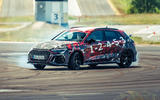
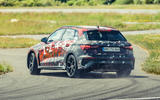
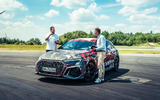
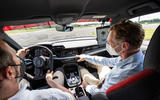
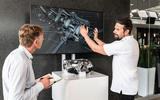
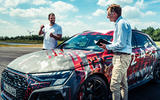
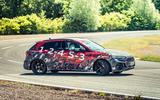
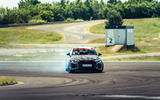
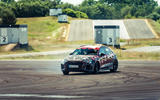
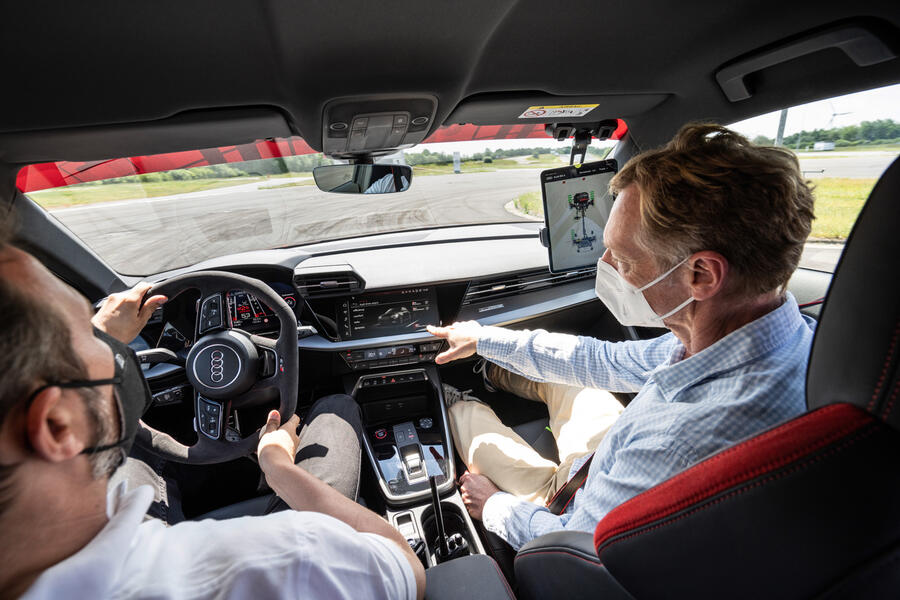
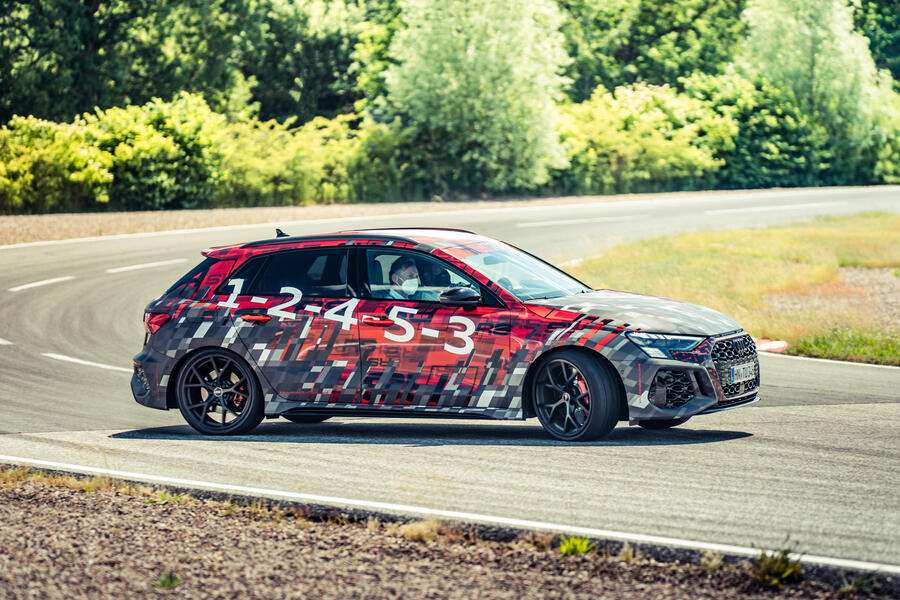

Join the debate
Add your comment
Well a most interesting appraisal but having just sold my M3 and purchased a Toyota Yaris GR with all the gear torsen diffs et al for considerably less loot than this Audi will cost , I cannot for the life of me see why anyone wanting a superb hot car would want . In this speed limited world fun at reasonable velocity is all that is left . Boogieing at 100 mph plus is now passé , roller skate handling and performance are the go . Mr Toyoda has nailed it .